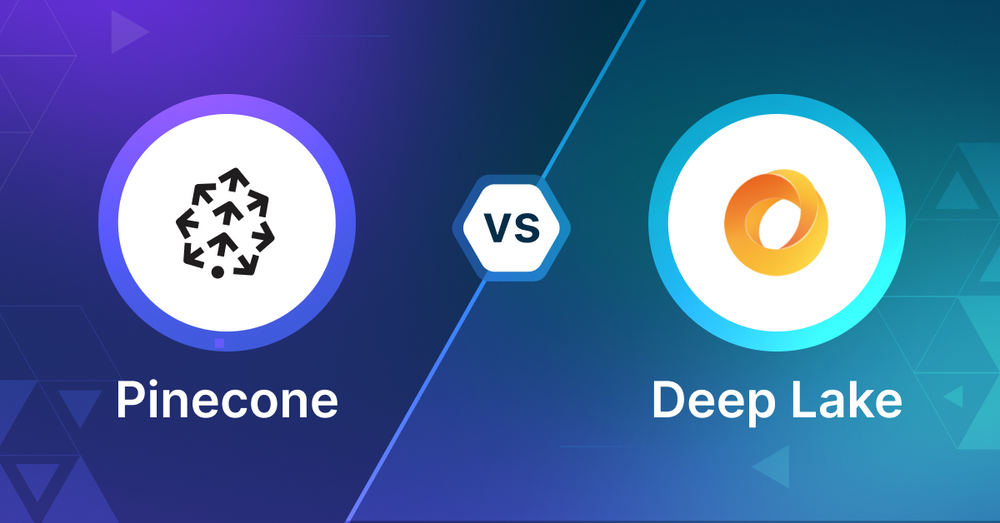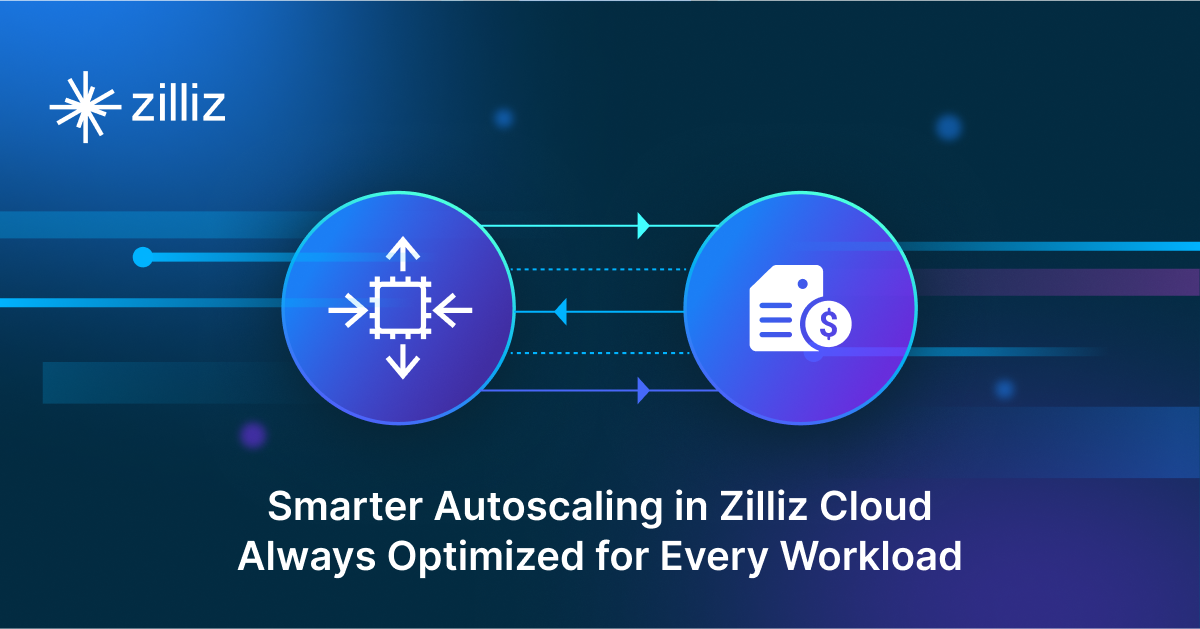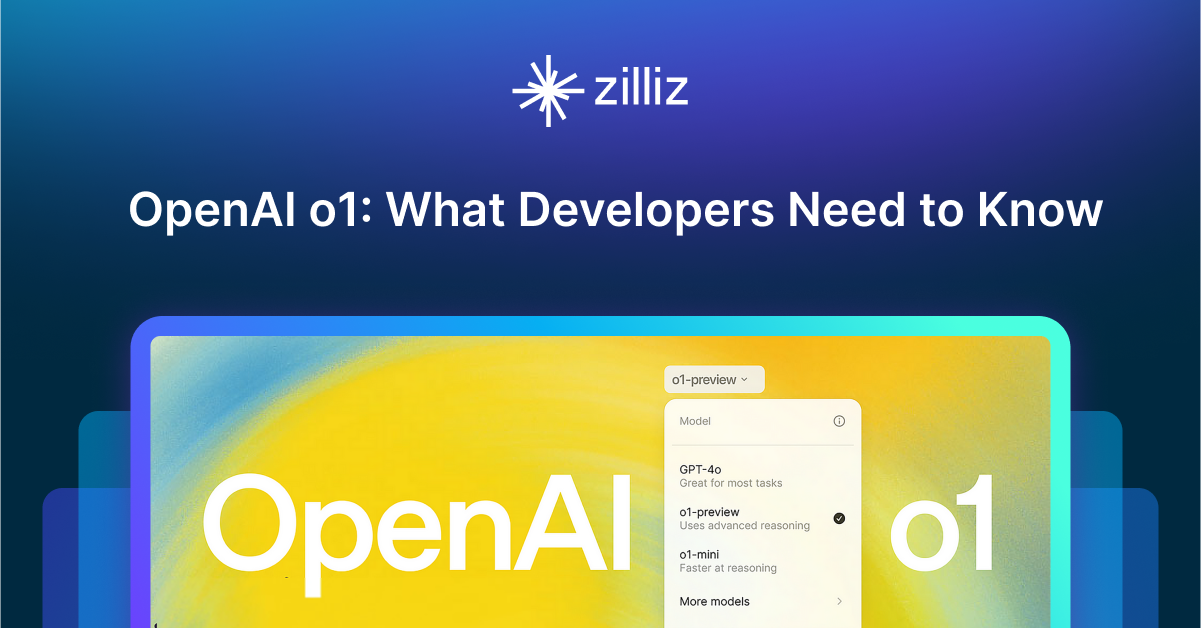Pinecone vs Deep Lake: Selecting the Right Database for GenAI Applications

As AI-driven applications evolve, the importance of vector search capabilities in supporting these advancements cannot be overstated. This blog post will discuss two prominent databases with vector search capabilities: Pinecone and Deep Lake. Each provides robust capabilities for handling vector search, an essential feature for applications such as recommendation engines, image retrieval, and semantic search. Our goal is to provide developers and engineers with a clear comparison, aiding in the decision of which database best aligns with their specific requirements.
What is a Vector Database?
Before we compare Pinecone vs Deep Lake, let's first explore the concept of vector databases.
A vector database is specifically designed to store and query high-dimensional vectors, which are numerical representations of unstructured data. These vectors encode complex information, such as the semantic meaning of text, the visual features of images, or product attributes. By enabling efficient similarity searches, vector databases play a pivotal role in AI applications, allowing for more advanced data analysis and retrieval.
Common use cases for vector databases include e-commerce product recommendations, content discovery platforms, anomaly detection in cybersecurity, medical image analysis, and natural language processing (NLP) tasks. They also play a crucial role in Retrieval Augmented Generation (RAG), a technique that enhances the performance of large language models (LLMs) by providing external knowledge to reduce issues like AI hallucinations.
There are many types of vector databases available in the market, including:
- Purpose-built vector databases such as Milvus, Zilliz Cloud (fully managed Milvus)
- Vector search libraries such as Faiss and Annoy.
- Lightweight vector databases such as Chroma and Milvus Lite.
- Traditional databases with vector search add-ons capable of performing small-scale vector searches.
Pinecone is a purpose-built vector database and Deep Lake is a data lake optimized for vector embeddings. This post compares their vector search capabilities.
Pinecone: The Basics
Pinecone is a SaaS built for vector search in machine learning applications. As a managed service, Pinecone handles the infrastructure so you can focus on building applications not databases. It’s a scalable platform for storing and querying large amounts of vector embeddings for tasks like semantic search and recommendation systems.
Key features of Pinecone include real-time updates, machine learning model compatibility and a proprietary indexing technique that makes vector search fast even with billions of vectors. Namespaces allow you to divide records within an index for faster queries and multitenancy. Pinecone also supports metadata filtering, so you can add context to each record and filter search results for speed and relevance.
Pinecone’s serverless offering makes database management easy and includes efficient data ingestion methods. One of the features is the ability to import data from object storage, which is very cost effective for large scale data ingestion. This uses an asynchronous long running operation to import and index data stored as Parquet files.
To improve search Pinecone hosts the multilanguage-e5-large model for vector generation and has a two stage retrieval process with reranking using the bge-reranker-v2-m3 model. Pinecone also supports hybrid search which combines dense and sparse vector embeddings to balance semantic understanding with keyword matching. With integration into popular machine learning frameworks, multiple language support and auto scaling Pinecone is a complete solution for vector search in AI applications with both performance and ease of use.
What is Deep Lake? An Overview
Deep Lake is a specialized database system designed to handle the storage, management, and querying of vector and multimedia data, such as images, audio, video, and other unstructured data types, which are increasingly used in AI and machine learning applications. Deep Lake can be used as a data lake and a vector store:
Deep Lake as a Data Lake: Deep Lake enables efficient storage and organization of unstructured data, such as images, audio, videos, text, medical imaging formats like NIfTI, and metadata, in a version-controlled format designed to enhance deep learning performance. It allows users to quickly query and visualize their datasets, facilitating the creation of high-quality training sets.
Deep Lake as a Vector Store: Deep Lake provides a robust solution for storing and searching vector embeddings and their associated metadata, including text, JSON, images, audio, and video files. You can store data locally, in your preferred cloud environment, or on Deep Lake's managed storage. Deep Lake also offers seamless integration with tools like LangChain and LlamaIndex, allowing developers to easily build Retrieval Augmented Generation (RAG) applications.
Key Differences
When choosing a vector search tool you need to consider your use case and needs. Both Pinecone and Deep Lake have vector search but they have some key differences. Let’s compare them to help you decide.
Search Methodology
Pinecone has a proprietary indexing technique for fast vector search even with billions of vectors. Supports real-time updates and has metadata filtering for better search results.
Deep Lake has vector search as part of a full data management system. It can handle multiple data types, including multimedia and has versioning for datasets.
Data
Pinecone is focused on vector embeddings and metadata. It’s designed for machine learning applications that need fast vector search.
Deep Lake is more general purpose, handles structured, semi-structured and unstructured data. It can store and manage multiple data types, images, audio, video, text, so it’s good for more applications.
Scalability and Performance
Pinecone is built for scale, a managed service that can handle billions of vectors. It has auto-scaling and efficient data ingestion methods, including the ability to import from object storage.
Deep Lake is also scalable but more flexible. You can store data locally, in your preferred cloud environment or in Deep Lake’s managed storage. This flexibility is useful if you have specific infrastructure requirements.
Flexibility and Customization
Pinecone has namespaces for dividing records within an index which can improve query speed and multitenancy. It also has hybrid search, dense and sparse vector embeddings.
Deep Lake has more customization options because of its full data management capabilities. It has versioning for datasets and supports multiple data types which can be useful for complex projects with multiple data.
Integration and Ecosystem
Pinecone integrates with popular machine learning frameworks and has multiple language support. It also has pre-trained models for vector generation and reranking.
Deep Lake integrates with LangChain and LlamaIndex so it’s good for building Retrieval Augmented Generation (RAG) applications. Its full data management capabilities may also give more integration options in some cases.
Ease of Use
Pinecone as a managed service handles most of the infrastructure complexity. This can save a lot of setup and maintenance effort, especially for teams without database admin expertise.
Deep Lake has more flexibility in deployment options which may require more setup and management effort. But it has tools for quick data querying and visualization which can be useful for dataset preparation and analysis.
Cost
Pinecone pricing is based on number of vectors stored and amount of reads and writes. Its serverless offering can be cost effective for many use cases, especially when you consider management overhead.
Deep Lake’s cost will vary depending if you use their managed storage or host the data yourself. The flexibility in storage options may give you cost savings in some cases.
Security Features
Both Pinecone and Deep Lake have security features but the details may vary. Pinecone, as a managed service, will likely handle a lot of security for you.
Deep Lake’s flexibility in deployment options means you have more control over security if you host the data yourself.
When to Choose Each
Pinecone is the best when your main focus is on large scale vector search for machine learning use cases. It’s great for projects that need real time updates, fast queries across billions of vectors and no infrastructure management. Pinecone is perfect for semantic search, recommendation systems and other AI use cases where you need to find similar items in huge datasets. The managed service and features like hybrid search and metadata filtering make it perfect for teams that want to build applications, not manage databases.
Deep Lake is the better option when you need a more general purpose data management system that includes vector search. It’s great for projects with multiple data types, including multimedia like images, audio and video. Deep Lake is perfect for projects that need versioning of datasets, complex data pipelines or customization of data handling. The flexibility in deployment options and integration with LangChain makes it a good choice for Retrieval Augmented Generation (RAG) applications or projects where you need fine grained control over your data storage and processing pipeline.
Conclusion
Pinecone stands out for its vector search, managed infrastructure and ability to handle large scale real time applications. Deep Lake is a more general purpose data management system with vector search as part of its feature set, with flexibility in data types and storage options. Your choice between these two should be based on your use case, the data you’re working with, your performance requirements and your team’s preference for managed vs self hosted solutions. Choose Pinecone if your focus is purely on vector search at scale and Deep Lake if you need a more general purpose data management system with vector search as part of it.
Read this to get an overview of Pinecone and Deep Lake but to evaluate these you need to evaluate based on your use case. One tool that can help with that is VectorDBBench, an open-source benchmarking tool for vector database comparison. In the end, thorough benchmarking with your own datasets and query patterns will be key to making a decision between these two powerful but different approaches to vector search in distributed database systems.
Using Open-source VectorDBBench to Evaluate and Compare Vector Databases on Your Own
VectorDBBench is an open-source benchmarking tool for users who need high-performance data storage and retrieval systems, especially vector databases. This tool allows users to test and compare different vector database systems like Milvus and Zilliz Cloud (the managed Milvus) using their own datasets and find the one that fits their use cases. With VectorDBBench, users can make decisions based on actual vector database performance rather than marketing claims or hearsay.
VectorDBBench is written in Python and licensed under the MIT open-source license, meaning anyone can freely use, modify, and distribute it. The tool is actively maintained by a community of developers committed to improving its features and performance.
Download VectorDBBench from its GitHub repository to reproduce our benchmark results or obtain performance results on your own datasets.
Take a quick look at the performance of mainstream vector databases on the VectorDBBench Leaderboard.
Read the following blogs to learn more about vector database evaluation.
Further Resources about VectorDB, GenAI, and ML
- What is a Vector Database?
- Pinecone: The Basics
- What is Deep Lake? An Overview
- Key Differences
- When to Choose Each
- Conclusion
- Using Open-source VectorDBBench to Evaluate and Compare Vector Databases on Your Own
- Further Resources about VectorDB, GenAI, and ML
Content
Start Free, Scale Easily
Try the fully-managed vector database built for your GenAI applications.
Try Zilliz Cloud for FreeKeep Reading

DeepSeek-OCR Explained: Optical Compression for Scalable Long-Context and RAG Systems
Discover how DeepSeek-OCR uses visual tokens and Contexts Optical Compression to boost long-context LLM efficiency and reshape RAG performance.

Smarter Autoscaling in Zilliz Cloud: Always Optimized for Every Workload
With the latest upgrade, Zilliz Cloud introduces smarter autoscaling—a fully automated, more streamlined, elastic resource management system.

OpenAI o1: What Developers Need to Know
In this article, we will talk about the o1 series from a developer's perspective, exploring how these models can be implemented for sophisticated use cases.
The Definitive Guide to Choosing a Vector Database
Overwhelmed by all the options? Learn key features to look for & how to evaluate with your own data. Choose with confidence.